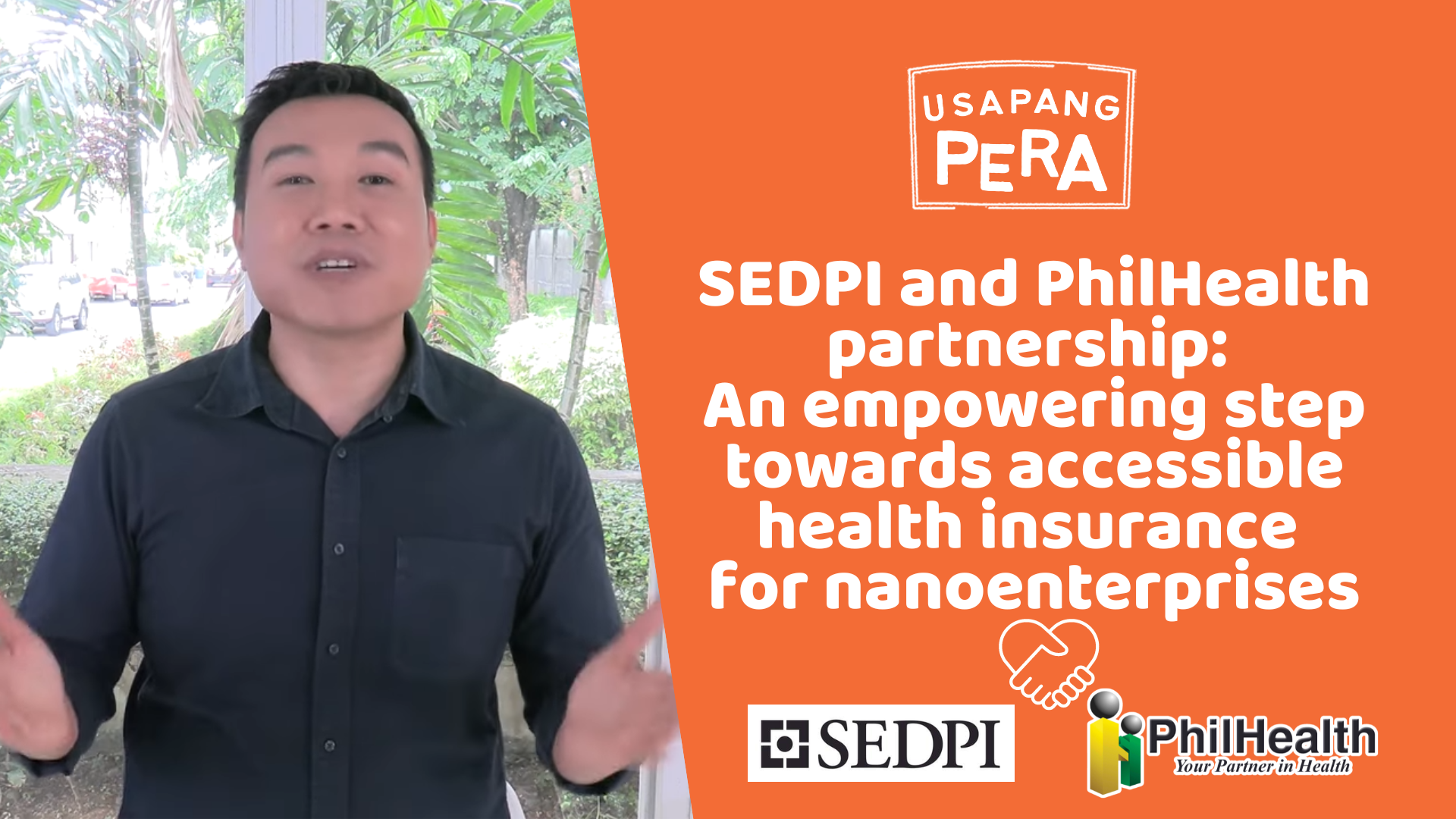Category: Microfinance
-

SEDPI KaNegosyo: Revolutionizing Microfinance in Mindanao
Bayugan City, Agusan del Sur – SEDPI KaNegosyo, a pioneer in microfinance, continues to set itself apart from conventional microfinance institutions with its innovative approach to financial services, particularly in the thriving communities of Mindanao. Since its inception, SEDPI KaNegosyo has been on an impressive trajectory of growth. From a modest beginning with two branches…
-

SEDPI and Land Bank of the Philippines: Strengthening Ties for Sustainable Development
Rosario, Agusan del Sur – In a significant step towards enhancing their long-standing partnership, SEDPI hosted a comprehensive field visit for representatives from the Land Bank of the Philippines (LBP) at their KaNegosyo Bayugan branch. This visit, involving key personnel from both organizations, served as a platform for collaborative discussion and strategic planning. The day…
-

Symbiotic Synergies: Crafting a Future of Empowered Health with SEDPI and ASMPH
Esteemed Deans and respected colleagues, I am Vince Rapisura, 20 years with Ateneo, and proudly co-founding the Social Enterprise Development Partnerships, Inc. or SEDPI in 2004 with Edwin Salonga. I stand before you to propose strategic partnership with the Ateneo School of Public Health and Medicine. Our group, spanning 8 organizations, envisions empowered Filipinos globally,…
-

The Rice Price Cap in the Philippines: Pros, Cons, and Long-Term Implications
In the wake of soaring rice prices, the Philippines has found itself in the midst of a contentious debate over the imposition of a rice price ceiling. As the staple food of the nation, rice plays an integral role in the daily lives of millions, making its affordability and accessibility crucial. President Bongbong Marcos, wearing…
-

Regulatory landscape of microfinance in the Philippines: An overview
Microfinance has emerged as a critical tool for poverty alleviation and financial inclusion in the Philippines. The government has recognized its potential and has enacted several laws and regulations to promote and regulate the sector (Llanto & Fukui, 2015). This paper examines the key regulations governing microfinance in the Philippines and their implications for the…
-

SEDPI and PhilHealth partnership: An empowering step towards accessible health insurance for nanoenterprises
The significance of the National Health Insurance Program (NHIP) under the Universal Health Care (UHC) Act in the Philippines is undisputable. As a nation, we must ensure that healthcare is both accessible and affordable to every Filipino citizen, particularly those from marginalized sectors. SEDPI, an organization that champions social investments, nanofinancing, and financial education to alleviate…
-

SEDPI at 19: Pioneering change and empowering communities
Warm greetings to you all. It fills me with immense joy and gratitude to stand before you on this significant occasion – the 19th anniversary of the SEDPI Group and the inauguration of our new headquarters in Rosario, Agusan del Sur. It’s wonderful to see so many familiar faces and new ones alike, as we come…
-

Comparative Overview of Nanoenterprises, Microenterprises, and Gig Economy Jobs: Characteristics, Market Factors, Risk Resilience, and Potential Impact
Introduction Across the economic landscape of the developing world, one cannot overlook the proliferation of small scale enterprises that create a significant economic impact at the grassroots level. This intricate tapestry of economic activity, composed of nanoenterprises, microenterprises, and gig economy jobs, holds tremendous potential for poverty alleviation and socio-economic mobility. To unlock this potential,…
-

Reimagining Farmers as Partners: Leveraging Savings for Credit Risk Mitigation in the Agricultural Sector
Delivered on May 23, 2023 at the Agricultural Credit Policy Council event held at the PICC Financial inclusion remains an essential factor for sustainable economic development, particularly in the realm of the agricultural sector. Having access to a broad range of financial services – which includes not only credit but also savings, insurance, and money…
-

The Maharlika Investment Fund (MIF): A critical examination of the Philippines’ proposed sovereign wealth fund
Sovereign Wealth Funds (SWFs) are state-owned investment funds that are used by countries to benefit their economies and citizens. They consist of various types of assets such as stocks, bonds, real estate, or other financial instruments, often derived from a nation’s surplus reserves. The concept of SWFs originated in the mid-20th century, pioneered by countries with…